Few figures in modern culture occupy space like Kanye West — at once a lightning rod and a lodestar. His name alone conjures polarized reactions: genius or egomaniac, visionary or provocateur. But behind the headlines, beneath the controversies, lies an artist who has fundamentally reshaped the sound of music, the look of fashion, and the rules of celebrity.
Two decades into a career marked by reinvention and rebellion, Kanye remains not just relevant — he’s defining the very conversations we have about fame, freedom, and failure. Whether he’s storming award stages, launching billion-dollar brands, or hosting gospel choirs in minimalist fields, his moves ripple far beyond entertainment. His cultural impact isn’t measured only in record sales or social media mentions, but in the way artists now think about ownership, identity, and authenticity.
This article doesn’t seek to answer whether Kanye West is “right” or “wrong.” Instead, it explores why Kanye matters today, tracing his evolving legacy across music, fashion, controversy, and influence. Because love him or loathe him, one truth is undeniable: Kanye West changed the game — and then kept changing it.
The Sound Architect — Reinventing Hip-Hop’s DNA
From The College Dropout to Sonic Disruption
When Kanye West released The College Dropout in 2004, he wasn’t just launching a rap career — he was reprogramming the soundboard of mainstream hip-hop. At a time when the genre was dominated by gangster bravado and synth-heavy beats, Kanye doubled down on soul sampling, flipping tracks from Chaka Khan and Luther Vandross into lush, emotional backdrops. His production was both nostalgic and radically fresh — an innovative blend of crate-digging warmth and commercial clarity.
But Kanye didn’t stop there. With each album, he pushed the genre’s edges wider. Late Registration brought orchestral arrangements; 808s & Heartbreak traded bars for autotuned vulnerability. By the time Yeezus dropped in 2013, Ye was making industrial, abrasive hip-hop that felt more like a protest than a product.
What makes Kanye’s catalog more than just a run of hits is his willingness to take creative risks — even at the cost of alienating fans. His work as a genre-blending producer not only redefined hip-hop’s possibilities but also reshaped the expectations of what a mainstream artist could dare to do.
Albums as Eras — Each Release as a Cultural Marker
Kanye West’s albums aren’t just records — they’re cultural artifacts, each capturing the mood of a moment while bending the future toward his vision. 808s & Heartbreak (2008), with its stark minimalism and auto-tuned sorrow, arrived just as a recession-weary world craved emotional honesty. Though divisive at release, it would later birth a generation of artists — from Drake to Juice WRLD — who made vulnerability central to rap.
Then came My Beautiful Dark Twisted Fantasy (2010), an opulent, tortured response to public backlash. It wasn’t just an album; it was a maximalist apology wrapped in grandeur, merging hip-hop, rock, and classical flourishes into what many still call his magnum opus. Contrast that with Yeezus (2013), an angry, anti-commercial record that echoed the rise of protest culture and a growing distrust of polished celebrity.
Each project didn’t just reflect its time — it challenged it. That’s why Kanye’s discography isn’t easily ranked. It’s a series of provocations, each one asking: What should music become next?
Fashion as a Form of Protest — The Yeezy Effect
Streetwear, Status, and Breaking the Runway
Kanye West didn’t just enter the fashion world — he kicked down its velvet rope. While most celebrity designers released merch or capsule lines, Kanye pursued legitimacy in a notoriously elitist industry. With Yeezy Season 1, he blurred the line between luxury fashion and streetwear, sending models down minimalist runways in muted tones and military silhouettes. It wasn’t about flash — it was about form, function, and disrupting the dress code of status.
His partnerships with Adidas and later GAP weren’t just brand deals — they were cultural power moves. Suddenly, high-fashion aesthetics were accessible to the masses, and fashion disruption became Kanye’s signature. He democratized minimalism and turned scarcity into hype. Critics scoffed, but the market spoke louder.
By treating streetwear with the seriousness of couture, Kanye redefined what fashion could be — not just worn, but witnessed.
The Brand That Outgrew the Artist
What began as a sneaker collaboration evolved into a billion-dollar brand that rivals legacy fashion houses. Yeezy, once seen as an extension of Kanye West’s style, quickly outpaced his music in cultural and economic impact. By leveraging hype cycles, limited drops, and minimalist design, Kanye tapped into the rising sneaker economy — and changed how fashion and commerce interact.
Yeezy’s valuation reportedly soared past $1.5 billion at its peak, thanks to its influence not just on wardrobes, but on consumer behavior. The brand reshaped resale culture, created a secondary market frenzy, and became a status symbol as recognizable as any luxury logo. Deals with Adidas and GAP cemented Yeezy’s reach across demographics, turning Kanye into more than a musician or designer — he became a marketplace.
In the process, Yeezy the brand began to eclipse Kanye the artist. It wasn’t just what he wore — it was what the world wanted to wear.
Controversy and Control — The Media’s Favorite Villain
When the Mic Drops Aren’t Musical
Few artists generate media backlash like Kanye West. From the infamous Taylor Swift VMAs interruption to his polarizing political views, his public statements often land like cultural grenades — shocking in the moment, dissected endlessly after. But what makes Kanye’s controversies different isn’t just the headlines; it’s how they ripple into bigger questions about celebrity, free speech, and accountability.
His support of Donald Trump and appearances in MAGA hats, for example, weren’t just political gestures — they became litmus tests for fan loyalty and industry tolerance. Some argue it’s strategic disruption; others see impulsive unraveling. Either way, each moment feeds a media cycle that both vilifies and sustains him.
Kanye’s controversies challenge the public to separate artist from agenda — or to admit that, with him, they may be the same. In a culture addicted to outrage, Kanye remains the rare figure who can still shock us.
Is It Performance or Personality?
When Kanye West speaks — or spirals — it often sparks the same debate: Is this performance art or personal unraveling? His behavior oscillates between calculated provocation and chaotic transparency, blurring the line between public persona and private self. In interviews, he’s described his actions as deliberate artistic choices, while also opening up about his bipolar disorder, calling it his “superpower.”
This duality forces audiences and the media into uncomfortable terrain. Is Kanye manipulating the narrative to stay culturally dominant, or is he at the mercy of his volatility in a hyper-connected world? Experts on celebrity mental health often point to the dangers of projecting either extreme — glorifying dysfunction or dismissing real psychological struggle.
Public discourse around Kanye reveals more than just the man himself. It shows how uneasy we are with imperfection, especially when it comes in the form of brilliance. His story invites us to look beyond labels and ask harder questions about fame, mental health, and the price of creative freedom in the digital age.
The Peer Spectrum — Where Ye Stands Among Titans
In hip-hop’s upper echelon, influence is rarely just about awards or streams. While Jay-Z, Drake, Pharrell, and Kanye West all qualify as rap moguls, their cultural footprints reveal vastly different legacies. Jay-Z built an empire rooted in business acumen and lyrical dominance — a blueprint for artist-turned-executive success. Drake redefined pop-rap consistency, flooding the charts with emotional accessibility and digital-age virality. Pharrell, ever the sonic chameleon, quietly shaped the sound of three decades — from N.E.R.D. to Billie Eilish — with genreless, feel-forward innovation.
Then there’s Kanye, who seems less interested in playing the game than rewriting it entirely. His hip-hop innovation lies not in consistency but in chaos — abandoning formulas to chase transformation. 808s & Heartbreak made vulnerability mainstream; Yeezus weaponized dissonance. He didn’t just shift sounds — he shifted sensibilities.
Faith, Fatherhood, and the Search for Meaning
From ‘Jesus Walks’ to Sunday Service
Kanye West’s relationship with faith has long been woven into his art — but never more boldly than in his gospel era. From the defiant declaration of “Jesus Walks” in 2004 to the full-blown worship of Jesus Is King in 2019, his music evolved from questioning to proclamation. Yet this wasn’t just a turn toward religion — it was a deeper search for meaning, legacy, and redemption through artistic expression.
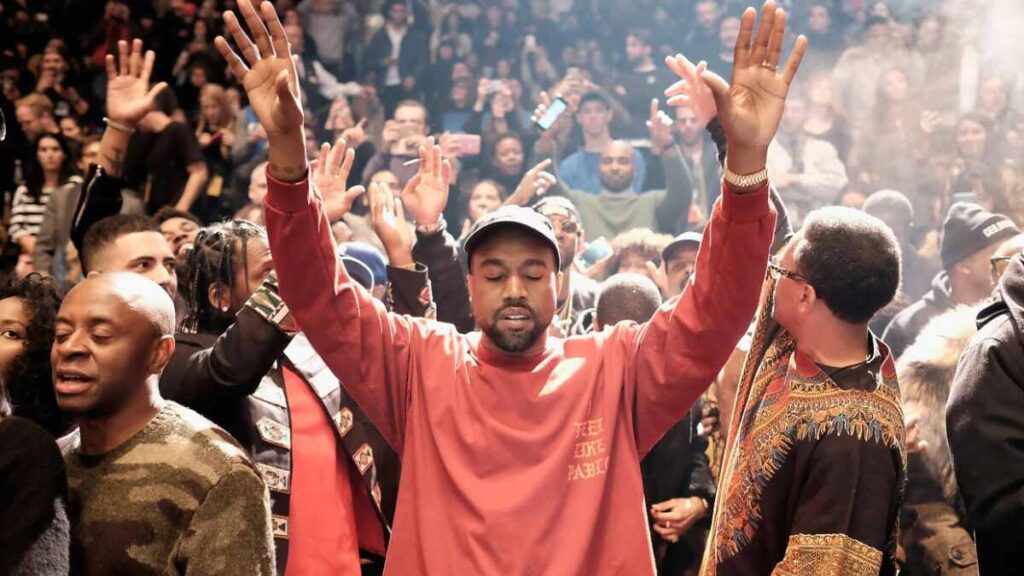
His Sunday Service performances transformed spiritual gatherings into immersive experiences, blending choir arrangements with fashion, architecture, and celebrity. Some saw it as genuine devotion; others, as performative spectacle. Either way, Kanye expanded the boundaries of faith in hip-hop, using spirituality not to separate from culture, but to reframe it. In doing so, he invited audiences into his most personal transformation yet — on his terms.
Kanye the father: Private Man in Public View
For all his public bravado, Kanye West’s most intimate role — that of a father — remains layered and complex. Raising four children with Kim Kardashian, Kanye has often spoken about the sanctity of fatherhood, even as their co-parenting relationship plays out under relentless tabloid glare.
His lyrics began to reflect deeper concerns about legacy, protection, and guidance. Songs like “Only One” and “Violent Crimes” hint at a more vulnerable Ye — one wrestling with what it means to be both idol and example. Navigating fatherhood in the public eye, Kanye’s actions have sometimes clashed with his intentions, but the emotional stakes feel real.
For better or worse, Kanye West’s children are part of his evolving narrative — and perhaps the most human chapter in it.
What Kanye West Taught Me About Creation
I didn’t fully get Kanye West until I heard 808s & Heartbreak on a cold winter night, driving through a silent city. The album didn’t sound like rap. It didn’t sound like anything I thought I liked. It was lonely, warped, imperfect — and completely unforgettable. That was the moment I realized: creation isn’t about perfection. It’s about truth.
As someone who works in a creative field, I’ve spent years second-guessing ideas, trying to smooth out rough edges before anyone can judge them. Kanye, for all his flaws, throws everything out there — mess and all. His art, at its best, is unapologetically raw. And that kind of authentic expression is terrifying. It’s also liberating.
Watching his career — the wild pivots, the public stumbles, the unfiltered ambition — reminded me that creative freedom doesn’t come from playing it safe. It comes from refusing to wait for permission.
You don’t have to agree with Kanye to find inspiration in how he creates. He chases vision over validation. He dares to believe he’s right — even when no one else does. And sometimes, he is.
That’s what I carry with me when the doubt creeps in. Be brave. Be honest. Make something no one else would dare to.
The Legacy Lens — What Will History Say About Kanye West?
Polarization as Permanence
Kanye West’s legacy may not be defined by consensus — but by contrast. He is the rare artist whose divisiveness is not a flaw, but a feature of his cultural power. As time distances us from the chaos, what will remain? The groundbreaking music? The fashion disruption? The outbursts?
His long-term legacy may lie in his refusal to be easily categorized — a polarizing genius who blurred the lines between art, ego, and expression. For future generations, Kanye could be both a visionary and a cautionary tale: proof that innovation often walks hand-in-hand with implosion.
What won’t fade is the impact. Love him or hate him, Kanye West made it impossible to look away — and maybe that’s his most enduring gift.
Beyond the Man — The Ripple Effects Still Unfolding
Kanye West didn’t just shift culture — he rewired the blueprint for what an artist can be. His fearless blending of music, fashion, commerce, and personal narrative created a model that Gen Z creatives are now running with. Artists like Tyler, the Creator, Playboi Carti, and even Billie Eilish reflect elements of Kanye’s genre-defying ethos and aesthetic autonomy.
Beyond music, influencers and designers treat brand-building as art, mirroring Kanye’s belief that identity is the product. He made it normal — even expected — for artists to be multidisciplinary, controversial, and deeply personal.
So, when people ask, Who is the next Kanye? — The truth is, his ripple effect is already everywhere. You just have to know what to look for.
Genius or Madness — Or Simply a Mirror?
Kanye West is more than a cultural figure — he’s a cultural reflection, refracting our obsessions with genius, failure, fame, and freedom. His contradictions fascinate us because they reflect our own: the craving for originality, the fear of irrelevance, the tension between truth and performance. Whether he’s hailed as a visionary or dismissed as erratic, Kanye forces us to confront what we reward, forgive, and expect from the people we put on pedestals.
Maybe that’s why Kanye matters. Not because he’s always right — but because he’s unafraid to be uncomfortable in public.
In the end, the question isn’t whether Kanye West is a genius or a cautionary tale. It’s whether we’re ready to admit that the spectacle says as much about us as it does about him.
Mohit Wagh is the co-founder of The Graval with over 10 years of experience in SEO and content strategy. He specializes in crafting data-driven, authoritative content that blends cultural insight with digital growth.

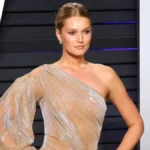

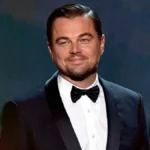





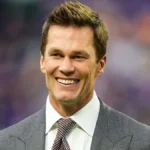
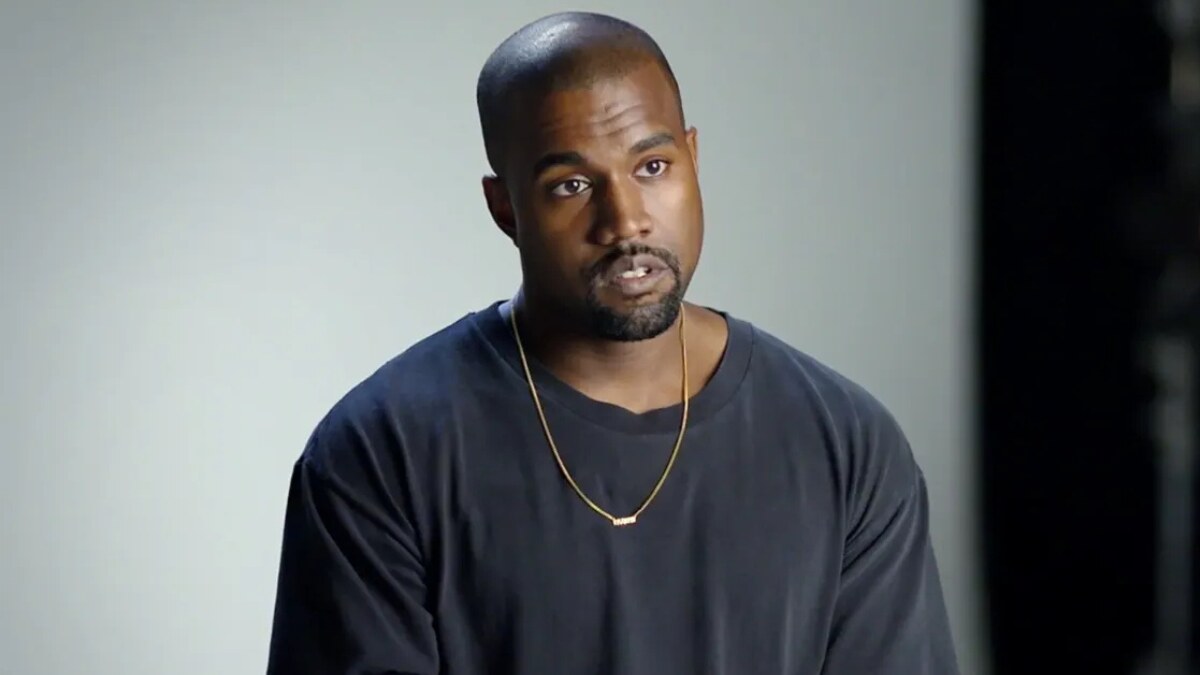


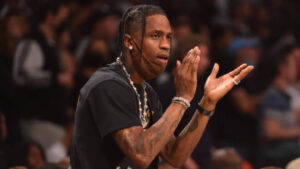

5 thoughts on “The Legacy of Kanye West: Genius, Controversy, and a Decade-Defining Cultural Footprint”